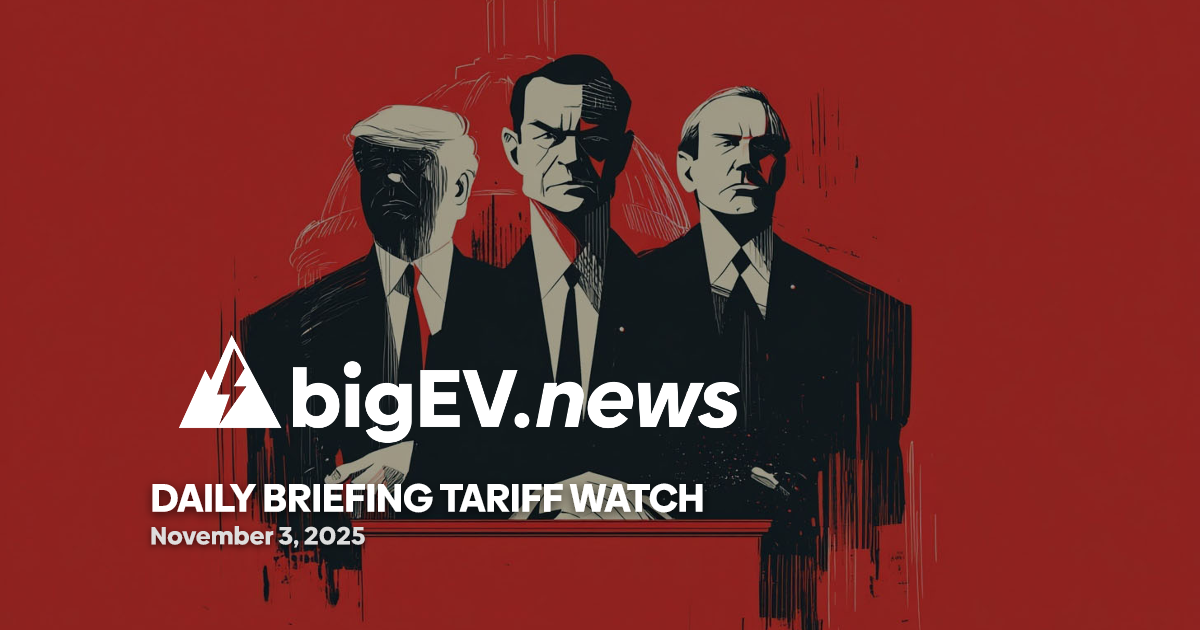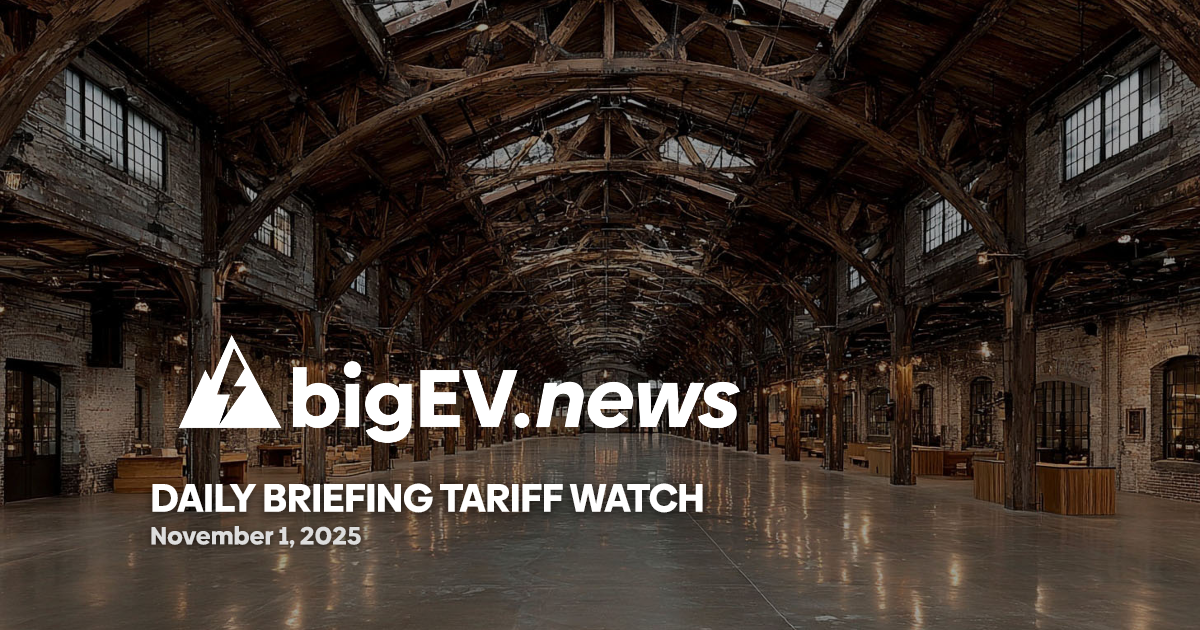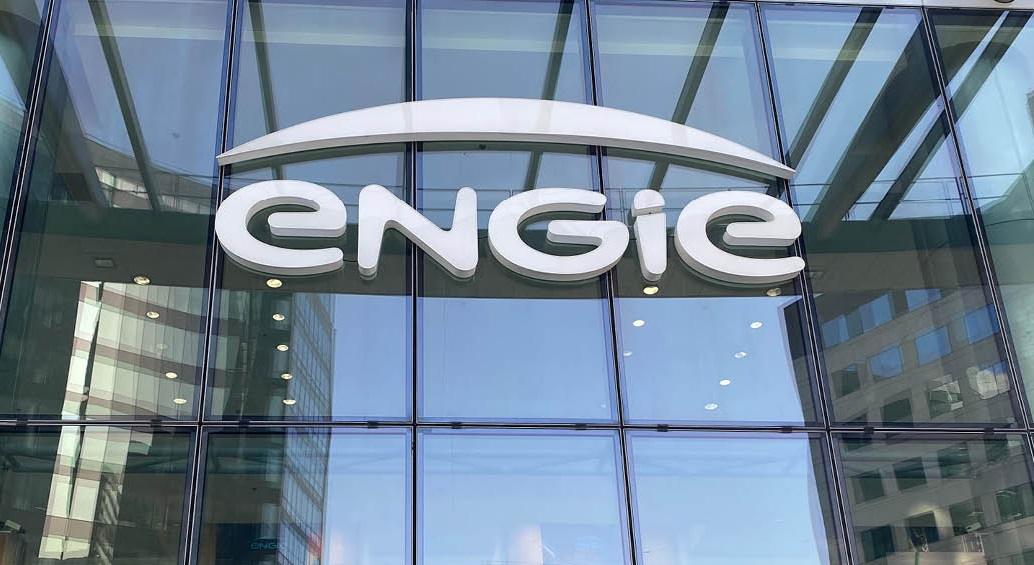At a glance – The past 24 hours have delivered a flurry of tariff and trade policy developments with immediate implications for US supply chains and manufacturing costs. President Trump extended a critical pause on tariffs for Chinese imports, delaying the 145% tariff for another 90 days, now set to expire November 9, 2025. Meanwhile, the administration’s reciprocal tariff regime continues to evolve, with new rates and suspensions affecting Mexico, Canada, and India. These rapid-fire changes are forcing US manufacturers and logistics operators to reassess sourcing strategies, compliance timelines, and cost projections as global negotiations intensify and regulatory uncertainty persists.
Technology advance – In the technology sector, the suspension of the de minimis exemption for low-value shipments—effective August 29, 2025—will have a profound impact on software and electronics importers. Previously, goods valued under $800 could bypass duties, but this exemption is now on hold, increasing landed costs for US-based tech firms importing components and finished products. The new rule particularly affects e-commerce platforms and SaaS providers reliant on just-in-time delivery of hardware, as they must now factor in additional tariffs on every shipment, regardless of value. This regulatory shift is expected to drive up prices for consumer electronics and cloud infrastructure hardware, with ripple effects across the digital economy.
Partnerships – International negotiations have led to a temporary truce between the US and China, with both countries agreeing to reduce retaliatory tariffs. The US will lower tariffs on Chinese imports from 145% to 30%, while China will reduce its retaliatory tariffs on US goods from 125% to 10%. Both sides have committed to implementing these measures by May 14, 2025, and China will suspend additional non-tariff countermeasures for 90 days. This détente is expected to ease pressure on US manufacturers sourcing critical components from China, particularly in the automotive and clean tech sectors, and may stabilize logistics costs in the short term. However, broader tariff structures remain in place, and companies are advised to monitor ongoing negotiations for further developments.
Acquisitions/expansions – The White House’s executive order effective August 1, 2025, enforces a 50% tariff on semi-finished copper products and copper-intensive derivatives, including pipes, wires, rods, cables, and electrical components. This move is already prompting major US manufacturers in the transportation and clean tech sectors to accelerate plans for domestic copper sourcing and vertical integration. Companies such as Eaton and General Cable have announced new investments in US copper processing facilities, aiming to mitigate the impact of higher import costs and secure supply chain resilience. The tariff hike is expected to drive up prices for electric vehicle infrastructure, renewable energy installations, and industrial automation projects, with downstream effects on consumer pricing and project timelines.
Regulatory/policy – In a landmark decision on May 28, 2025, the US Court of International Trade struck down the White House’s sweeping tariffs imposed under the International Emergency Economic Powers Act (IEEPA), ruling that they exceeded presidential authority and are therefore unlawful. This ruling has immediate implications for importers and customs brokers, as it invalidates a range of tariffs previously levied on goods from multiple countries. Legal experts are advising companies to review their import compliance strategies and seek refunds for duties paid under the now-invalidated tariffs. The decision is also expected to prompt a wave of new litigation and regulatory review, as stakeholders challenge other executive actions affecting trade and supply chain operations.
Finance/business – The doubling of tariffs on steel and aluminum imports from 25% to 50%, effective June 4, 2025, is sending shockwaves through the US manufacturing sector. Major players in construction, automotive, and heavy equipment manufacturing are reporting immediate cost increases and are revising quarterly earnings guidance to reflect higher input prices. US-based steel producers such as Nucor and US Steel are expected to benefit from reduced foreign competition, while downstream manufacturers face margin compression and potential delays in project delivery. Analysts predict that the tariff hike will accelerate reshoring initiatives and drive new investments in domestic steel and aluminum production, but warn of potential inflationary pressures and supply bottlenecks in the coming months.
Sources: The Vision Council, DSV, Trade Compliance Resource Hub, US Court of International Trade, Eaton press release, Nucor investor update









